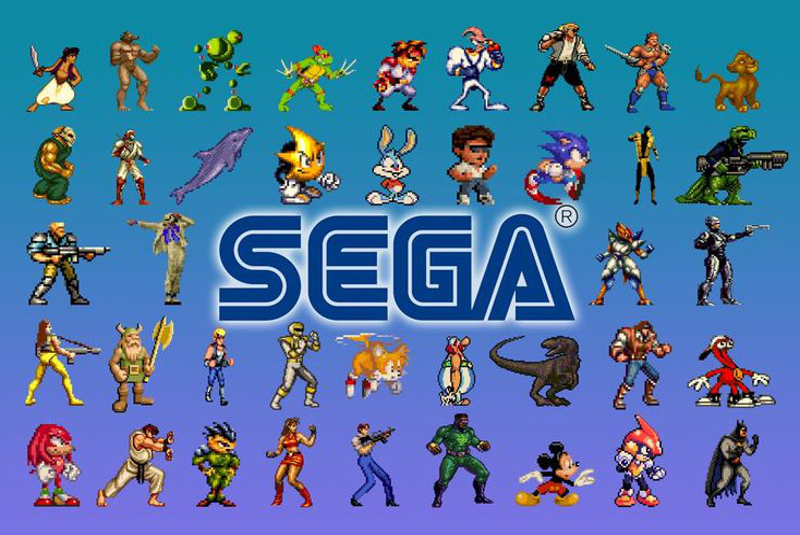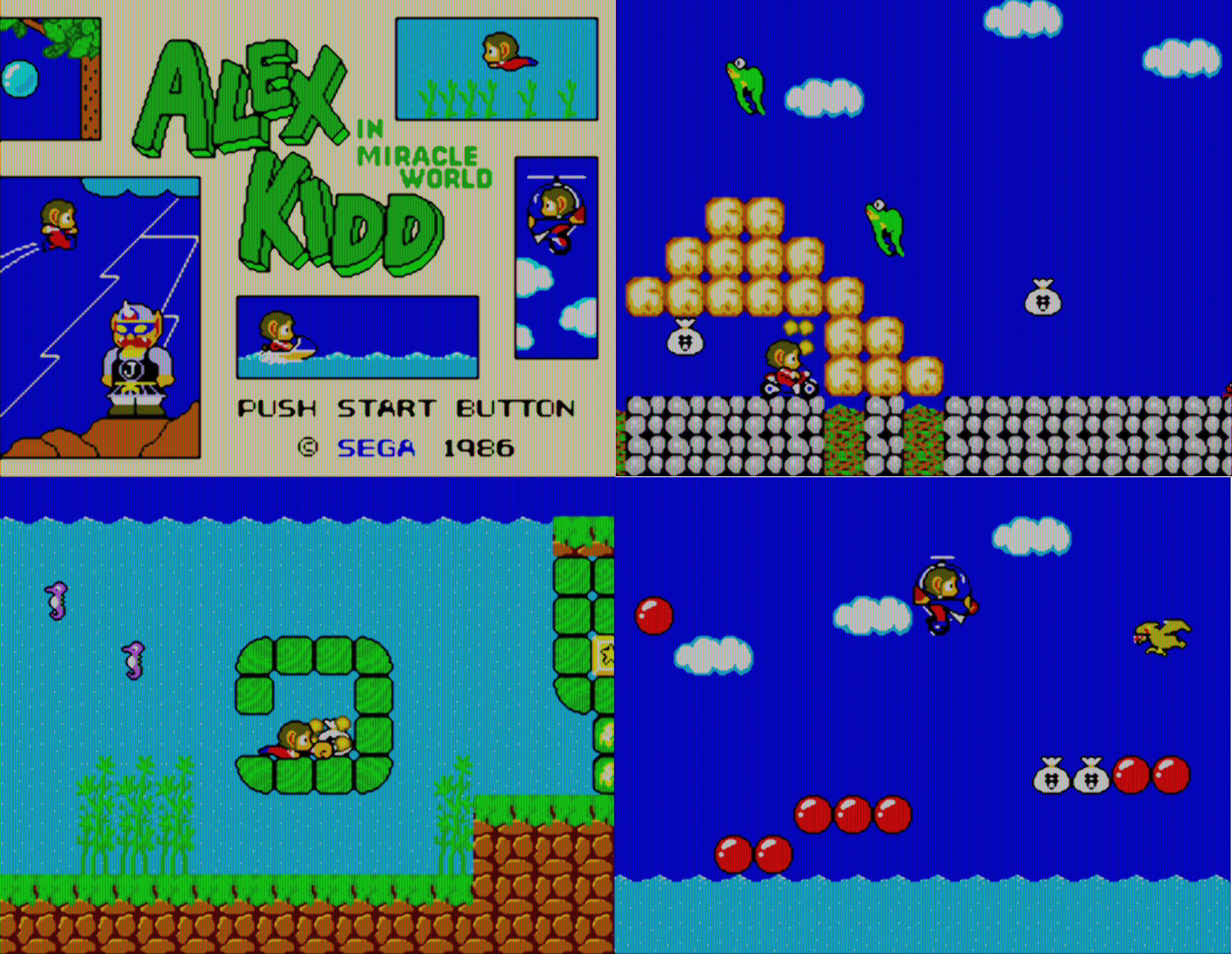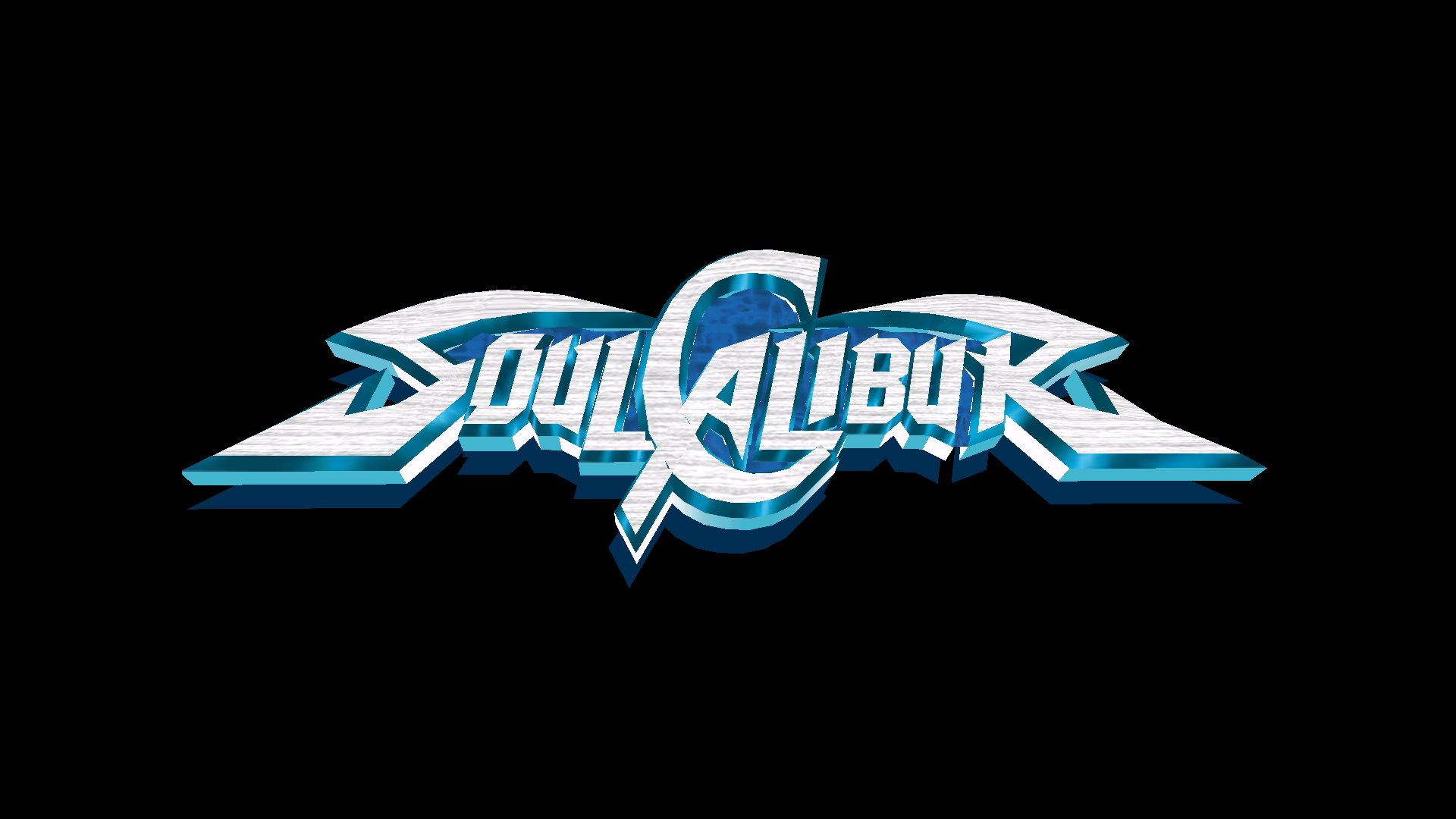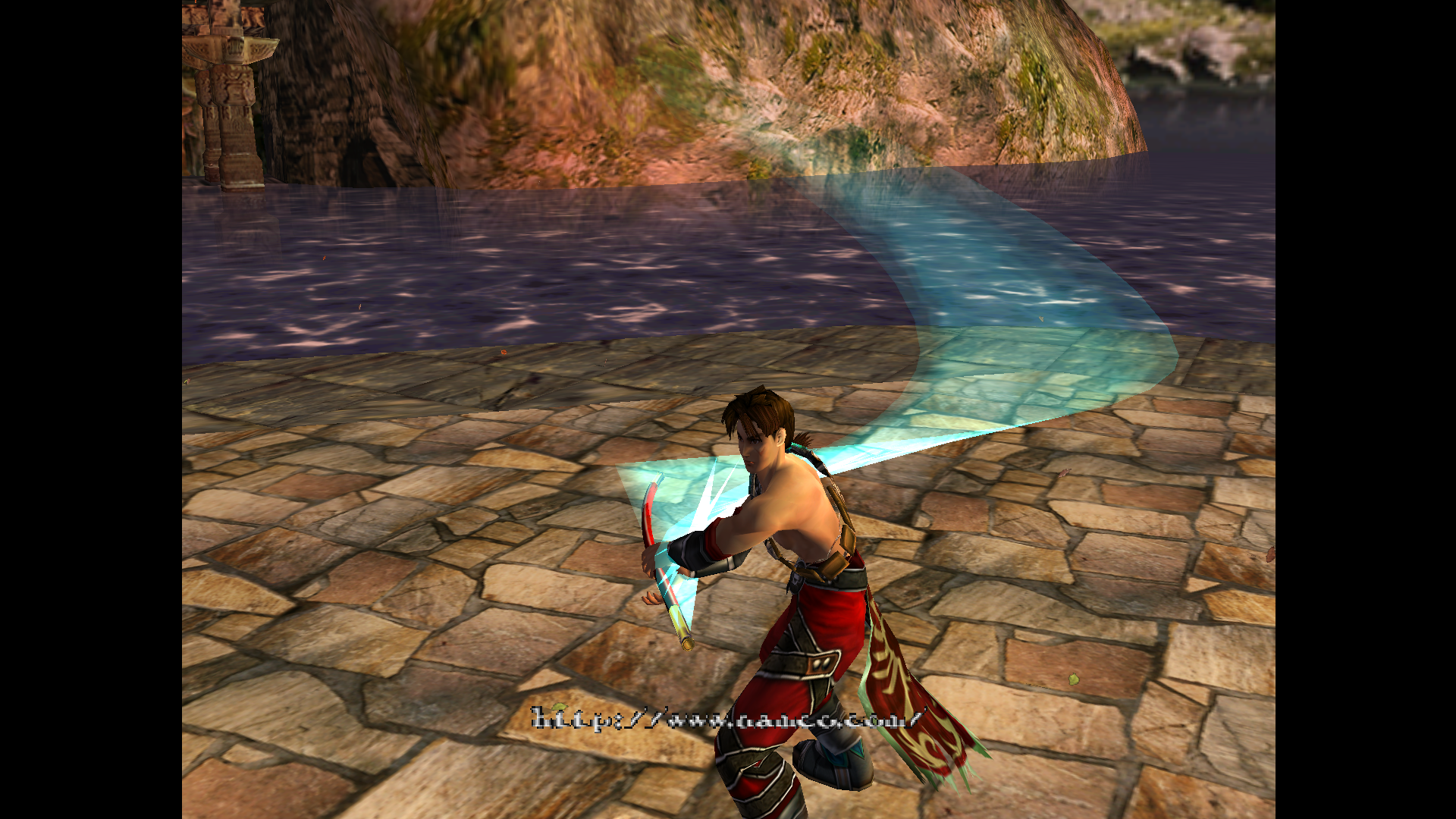
In last month’s issue, I talked about how I am not particularly a Nintendo fanboy. By definition, this must mean I’m a Sega fanboy, right? I mean, that’s the typical assumption: you’re either a Nintendo or a Sega fanboy. Since I already said I’m not Nintendo, that must mean I’m Sega, right? I guess that’s right, but let’s take a deeper look into it.
Sega Hardware
In the 1980s and 1990s, Nintendo and Sega fought to dominate the console market. While both had similar products, there were still some major differences. If you compare their earlier products, the Nintendo Entertainment System (NES) and Sega Master System (SMS), and Game Boy/Game Boy Color (GB/GBC) and Game Gear (GG), it always seemed like Sega was in the lead when it came to technology. The SMS had a faster processor, more RAM, more colors, and could display more of those colors at the same time. Overall it seemed to be the more powerful machine. Still, if you compare sales, the NES outshone the SMS.
When I was still in school, a friend of mine owned an SMS. He often brought it to school so we could play after classes until our parents picked us up. Back then, we mostly played Alex Kidd in Miracle World, which was built into the system. This also meant if you bought a SMS you already got your first game with it and didn’t needed to buy one.

The graphics and gameplay blew my mind back then. It was so much better than what I’ve seen on the NES at my uncle’s place, and there were more games we liked to play, like Space Harrier 3D.
Later, I got my own SMS. I thought I would finally be able to finish Alex the Kidd, but it turned out that not every console came with the same built-in game. Mine came with Hang-On, which was a nice motorcycle racing game, but still not what I wanted at the time.
Someone else at school had a Game Gear, and wow, was that a huge thing. This was a portable game machine, unlike the Game boy, this was the real deal, with color and everything. You could even play your SMS games on the Game Gear if you had an adapter, and there was even an add-on which allowed you to watch TV with a built-in antenna. How cool was that?
The Game Gear had nearly the same specs as the SMS. The CPU was the same, but was just clocked slightly lower, and it was able to use even more colors than the SMS. Overall, it was an awesome handheld device, but which came with a hefty price. The device itself wasn’t cheap and it used batteries very quickly. You only had a play time of 3-5 hours on 6 AA batteries. Still, seeing what the GG was capable of is what prevented me from ever seriously wanting a Game Boy. So yes, even in my early years I preferred Sega consoles over Nintendo. Perhaps for the wrong reasons, but I was a kid and didn’t know any better.
Looking back today, it’s clear why Nintendo had the lead at the time. The number of high quality games on the NES was much higher than on the SMS. This was partly due to restrictions Nintendo that put on their third-party software developers, which prevented them from producing games for Nintendo’s competitors if they wanted if they wanted their games on Nintendo’s consoles.
I missed most of the fourth and fifth generation Sega consoles due to the fact I was not really into console gaming at that time. I missed all the goodness and badness of the Genesis/Mega Drive, Sega CD, Sega 32X, and Sega Saturn. I got the Sega Dreamcast much later, which was the last console that Sega built. I still have it to this day, and I must say it was one of the most fun consoles I’ve ever played. I was really impressed, and having Soul Calibur as one of my first titles for the console really blew my mind!


Sega obviously made some big mistakes when it came to hardware. The Genesis/Mega Drive was a good device, but Sega tried to expand the lifetime of the system with the 32X, and Sega CD add-ons were expensive and caused a lot of frustration for third-party game developers due to the rapid release cycle of hardware and add-ons, as well as the short lifetime of these add-ons.
Because of this, Sega developed nearly all of the games for the Dreamcast on their own. Sega may not have been the best hardware developer at the time, but they knew how to make good games. They still make games today, and have even developed games for their former rival Nintendo and their consoles.
Sega Emulation on ODROID
Since Sega stopped producing hardware after the Sega Dreamcast, it is probably safe to say that all of Sega’s consoles run on ODROID, although some may run better than others. For example, the Sega 32X, which is an addon for the Sega Genesis, was difficult to emulate at first, but thanks to the dynamic recompiler on the PicoDrive emulator we can now play these games, even on the ODROID-C1.
With Reicast, the Sega Dreamcast got a speedy emulator that allows users to play many, but not all, of the Sega Dreamcast games on ODROID. Even the Sega Saturn, which is known to have a very complicated architecture, runs at the very least on the XU3 and XU4 at a decent speed, with many working titles.
Thanks to emulation, I found a lot of new games for the Sega Genesis/Mega Drive and other Sega systems to enjoy. Animaniacs, Beyond Oasis, Comix Zone, Donald in Maui Mallard, or Monster World IV are just a few of the Sega Genesis games I enjoy. With Keio Flying Squadron, Lunar: The Silver Star, Popful Mail, and especially Snatcher, Sega CD has in its library some really awesome games. I like the fact that many games for the Sega CD are still cartoon- or anime-based and, as such, often have cartoon or anime cut-scene videos which, along with some great music tracks, greatly enhance the experience. Maybe the Sega CD was not a commercial success, but it had some nice games which I enjoy playing to this day.
Although only really playable on the ODROID-XU3/XU4, the Sega Saturn has some great games, including The Legend of Oasis, Elevator Action Returns, Keio Flying Squadron 2, or Radiant Silvergun. Personally, I think it was a failure as a 3D console. Games like Radiant Silvergun or Wipeout show pretty well that 3D was not one of the Sega Saturn’s strengths. You can see a lot of dithering, and the overall 3D quality is much worse than on a Playstation or an N64. However, the 2D capabilities were rather good. This could have been a great 2D 32-bit console game with lots of video cut-scenes and improved 2D graphics, rather than trying to push “pseudo 3D” on the console. Some games obviously went this route, but many tried too hard to be 3D console games.
Of course, I still love Dreamcast emulation on ODROID. Crazy Taxi 2, Dead or Alive 2, Evolution 1 and 2, Giga Wing 1 and 2, Grandia II, Ikaruga, Incoming, Kidou Senshi Gundam – Renpou vs. Zeon DX, Phantasy Star Online Ver. 2, Power Stone 2, Rez, Skies of Arcadia, Sonic Adventure 2, Soul Calibur, Star Wars Episode I:Racer, Virtual Tennis 2, and Zero Gunner 2. There are so many awesome games with excellent 3D graphics that I really can’t get enough of it. Next to the PSP, I find it’s the console with the second most impressive graphics on the ODROID.
Final Thoughts
So am I a Sega fanboy? I guess I am, due to my good experiences with Sega, first as a child with the Master System and Game Gear (compared to the NES and Game Boy), and later through the impressive Dreamcast, which I still love to this day and of which I have the most fond memories. Today, we can pick the best games for every Sega console. It may not be as many as for Nintendo, but that’s fine with me. I continue to enjoy Sega consoles.
Still, I realize that the gaming libraries of Sega offered less Triple A series compared to the Nintendo consoles, especially when it came to great series such as Super Mario Bros., Pokémon, Zelda, Earthbound, F-Zero, Metroid, and Dragon Quest. However, Sega had his shining stars as well, with Sonic the Hedgehog, Phantasy Star, Golden Axe, Outrun, Virtual Fighter, and Wonderboy.
Sega might not have been the most successful console company, but it created some very impressive consoles for its time, even if some may have been ill-fated. Sega also provided numerous games for arcade systems, and they continue to produce great games today.

Be the first to comment